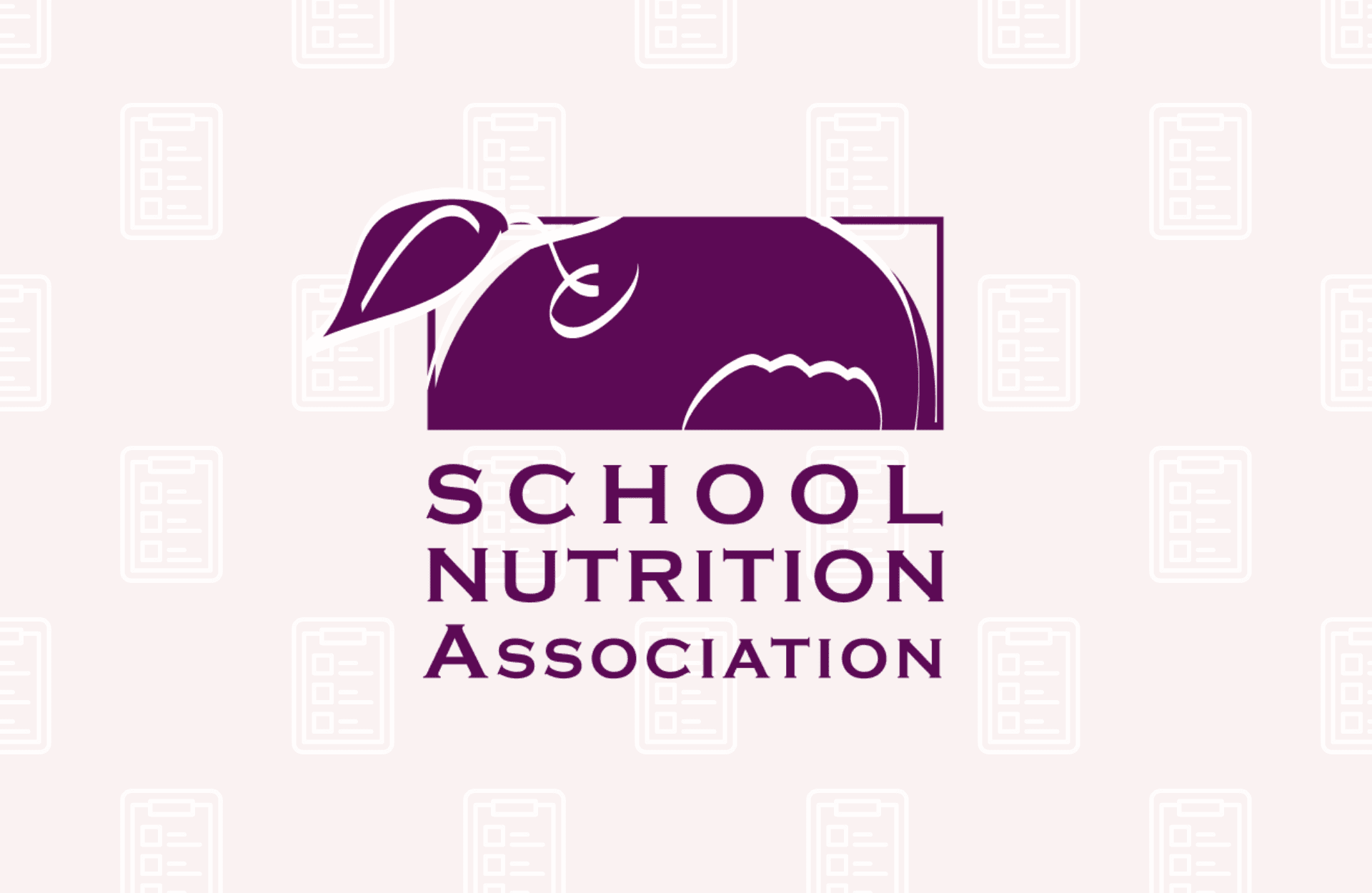FOR IMMEDIATE RELEASE:
Contact: Diane Pratt-Heavner
301-686-3124
media@schoolnutrition.org
SNA President Testifies on School Meal Successes and Challenges
2015-04-15
WASHINGTON, D.C. – Today, School Nutrition Association (SNA) President Julia Bauscher, SNS, testified before the House Education and Workforce Committee to the value school meal programs provide students and the importance of meal program viability. Bauscher shared successes and challenges school nutrition professionals have encountered as they meet new regulations on school meals and snacks. Click here to read her written testimony, submitted to the Committee.
The hearing offered Committee Members an opportunity to discuss the Healthy, Hunger-Free Kids Act as they prepare to draft child nutrition reauthorization legislation this year. SNA supports many of the law’s regulatory requirements, but is requesting greater funding and flexibility to address the financial consequences of overly restrictive regulations and allow schools to plan more appealing, healthy meals.
Bauscher testified to the importance of school meal programs in providing students the nutrition they need to succeed in the classroom. She highlighted efforts by school nutrition professionals to increase access to nutritious meals and promote healthier diets for students.
In her oral remarks Bauscher said, “Schools are committed to making these healthy choices appealing with initiatives like taste tests, Farm to School and Cornell University Smarter Lunchroom techniques. In my district we have steadily increased the quantity of local foods we serve, and work with a local chef to make nutritious recipes delicious.”
Bauscher emphasized SNA’s support for new limits on calories and unhealthy fats, mandates to offer more fruits and vegetables and initial requirements to increase whole grains and reduce sodium in school meals. At the same time, she urged the committee to address higher costs under the new rules, which are negatively impacting school menus and the financial stability of school meal programs.
According to USDA, schools must absorb $1.2 billion in added costs under the new rules. Bauscher testified to the impact saying, “Even in my district, where Community Eligibility Provision has increased revenue, I am experiencing a decline in my program’s reserve fund…I reluctantly added juice back to my high school lunch menus as a cost saving measure. I haven’t served juice at lunch in 15 years, in an effort to serve more fiber-rich whole fruits.”
Bauscher outlined the many ways SNA is supporting school nutrition professionals as they work to meet new requirements, but warned the Committee that “School meal programs can only cut so much. Without some relief, increased costs will impact more than the quality of meal programs – they will impact school district budgets as a whole.”
Click here for details on SNA’s requests of USDA and Congress.
About School Nutrition Association:
The School Nutrition Association (SNA) is a national, non-profit professional organization representing 55,000 school nutrition professionals across the country. Founded in 1946, SNA and its members are dedicated to making healthy school meals and nutrition education available to all students. For more information on school meals, visit www.SchoolNutrition.org/SchoolMeals.
Related Articles

SNA Urges MAHA Commission to Invest in School Meals
Read More

School Nutrition Professionals to Implore Congress to Protect School Meals
Read More




